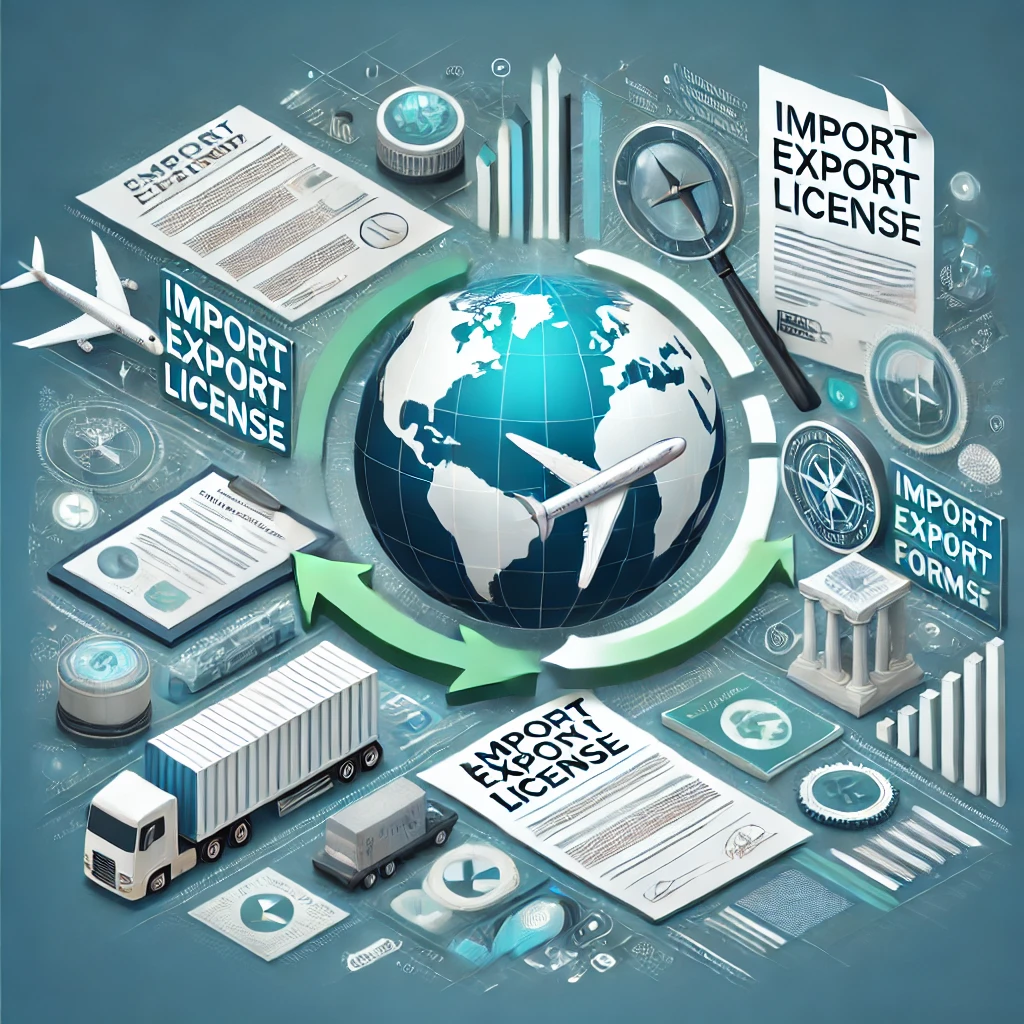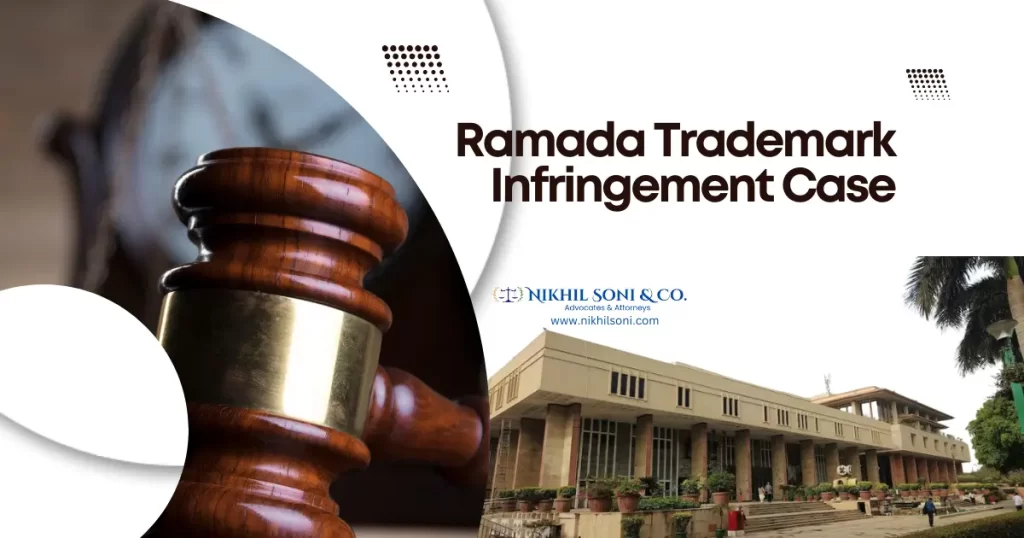Table of Contents
ToggleWhat is an Import Export License? How to Register Import Export License?
An import/export license is a government-issued document that authorizes businesses to legally engage in the import and export of goods and services across international borders. This license ensures compliance with both national and international trade regulations, fostering fair trade practices and securing the integrity of global commerce. It plays a vital role in monitoring the movement of goods, ensuring all products meet safety and quality standards. For businesses aiming to operate in the global marketplace, obtaining this license is an essential step toward achieving legitimacy and operational efficiency.
Benefits of Import Export Code (IEC) Registration
Import Export Code (IEC) registration offers significant advantages for businesses involved in international trade. The IEC, issued by the Directorate General of Foreign Trade (DGFT), is a unique identifier necessary for conducting import and export operations. Here’s why IEC registration is crucial:
- Mandatory Requirement: It is legally required to carry out import/export transactions.
- Global Market Access: Enables businesses to establish a foothold in international markets.
- Business Expansion: Facilitates growth and diversification by opening up global opportunities.
- Government Incentives: Grants access to schemes, subsidies, and tax benefits provided by the government.
- Streamlined Compliance: Simplifies regulatory and documentation processes for smoother trade activities.
Read Meanwhile: How to Register a Trademark for a One Person Company (OPC) in India
Import vs. Export Licenses in India
Import and export licenses serve distinct purposes in regulating international trade in India. Understanding their differences helps businesses ensure compliance and avoid operational hurdles.
Import License
- Requirement: Mandatory for bringing goods into India.
- Purpose: Controls the entry of restricted or sensitive goods.
- Issuing Authorities: Various government departments issue these licenses depending on the product type.
Export License
- Requirement: Essential for exporting goods from India.
- Purpose: Monitors the export of restricted or sensitive items.
- Issuing Authorities: Specific governmental agencies regulate the process based on the product category.
Steps to Apply for an Import License
Acquiring an import license involves meticulous preparation to meet all trade regulations. Follow these steps to apply:
Step 1: Verify License Requirement
Determine if your goods fall under the restricted or prohibited categories. This involves:
- Checking product classifications and regulatory lists.
- Reviewing DGFT notifications about restricted goods.
- Ensuring compliance with trade regulations.
Step 2: Identify the Issuing Agency
Different agencies issue licenses based on the nature of goods. To ensure smooth processing:
- Research the appropriate governmental body.
- Contact relevant authorities like DGFT for clarity.
- Adhere to the specific guidelines provided by the agency.
Step 3: Submit the Application
After gathering the required details:
- Prepare necessary documents, including identity proofs, address verification, and product details.
- Apply through the designated online or offline portal.
- Pay the prescribed application fee.
Steps to Apply for an Export License
Applying for an export license involves a similar process, ensuring compliance with all trade requirements.
Step 1: Determine License Necessity
Identify if your goods require an export license by:
- Reviewing product classifications and regulatory controls.
- Consulting DGFT notifications about controlled goods.
- Ensuring adherence to trade laws.
Step 2: Check Additional Licensing Needs
Some goods may require extra licenses. Ensure:
- Compliance with environmental, safety, or health regulations.
- All documentation and additional permits are in place.
Step 3: Application Submission
Prepare your application by:
- Collecting documents such as PAN card, business address proof, and product specifications.
- Submitting through the agency’s portal or physical office.
- Paying the necessary fees.

Documents Required for Import/Export Licenses
To obtain an import/export license, businesses must provide documentation that verifies their credibility and compliance. Commonly required documents include:
- PAN Card: Identifies the business.
- Identity Proof: Government-issued ID of the applicant.
- Address Proof: Verification through utility bills or agreements.
- Bank Certificate: Validates financial credibility.
- Product Details: Includes specifications and safety data sheets.
Importance of an Import/Export License
The import/export license is a critical requirement for businesses engaging in international trade. Key benefits include:
- Legal Compliance: Adherence to trade laws and regulations.
- Global Market Access: Enables businesses to expand their reach internationally.
- Government Support: Provides access to schemes, subsidies, and tax incentives.
- Credibility: Enhances trustworthiness and business reputation in the global market.
Cost of Obtaining an Import/Export License
The cost of obtaining a license varies based on the type of goods and issuing authority. Typical expenses include:
- Application Fees: Charges for filing the license request.
- Processing Charges: Fees for license processing.
- Regulatory Costs: Expenses for meeting compliance standards.
- Renewal Fees: Periodic charges to maintain license validity.
- Documentation Costs: Costs associated with preparing and submitting necessary paperwork.
IEC vs. Import/Export License
Understanding the difference between IEC and import/export licenses is essential for businesses.
- IEC: A unique identifier required for all import/export activities.
- Import/Export License: Specific approvals needed for trading restricted or sensitive goods.
Both are essential but serve different purposes in trade compliance.
By securing the appropriate licenses and complying with trade regulations, businesses can streamline their operations, enhance credibility, and tap into the immense potential of global markets.
Difference between Import and export code vs import-export license
| Parameters | Import and Export Code (IEC) | Import-Export License |
| Scope | General identification number for all importers/exporters. | Specific permissions for certain categories of goods. |
| Requirement | Mandatory for all import/export transactions. | Required for restricted or sensitive goods. |
| Issuing authority | Directorate General of Foreign Trade (DGFT). | Various government departments/agencies. |
| Application process | Online application through DGFT website or portals. | Detailed application to relevant government authority. |
| Documentation | PAN card, identity proof, address proof, bank certificate. | Product specifications, safety data sheets, manufacturing details. |
| Purpose | Facilitates customs clearance and trade transactions. | Regulates trade of sensitive or restricted goods. |
| Global recognition | Enhances credibility in international markets. | May not have direct impact on global recognition. |
| Restrictions on goods | No restrictions, applicable across all sectors. | Imposes restrictions based on goods category. |
| Compliance | Ensures compliance with trade regulations. | Ensures compliance with specific product regulations. |
Conclusion
An import/export license is a cornerstone of international trade, ensuring compliance with global and national regulations. It not only facilitates smooth and lawful transactions but also opens the door to numerous opportunities for businesses to expand their market presence globally. Whether it’s gaining access to government incentives, building trust with international partners, or ensuring the safety and quality of traded goods, an import/export license is indispensable.
By understanding the procedures, requirements, and benefits of obtaining these licenses, businesses can navigate the complexities of international trade more effectively. Proper licensing enhances credibility, fosters business growth, and safeguards against legal and operational challenges. With the right approach, businesses can leverage their import/export licenses as a tool to thrive in the global market, contributing to a more interconnected and dynamic economy.
For aspiring exporters and importers, staying informed about trade regulations and maintaining compliance is not just a necessity—it’s a pathway to long-term success and sustainability in the competitive world of international commerce.
What is an Import Export License, What is an Import Export License, What is an Import Export License, What is an Import Export License, What is an Import Export License, What is an Import Export License, What is an Import Export License, What is an Import Export License, What is an Import Export License, What is an Import Export License, What is an Import Export License, What is an Import Export License





